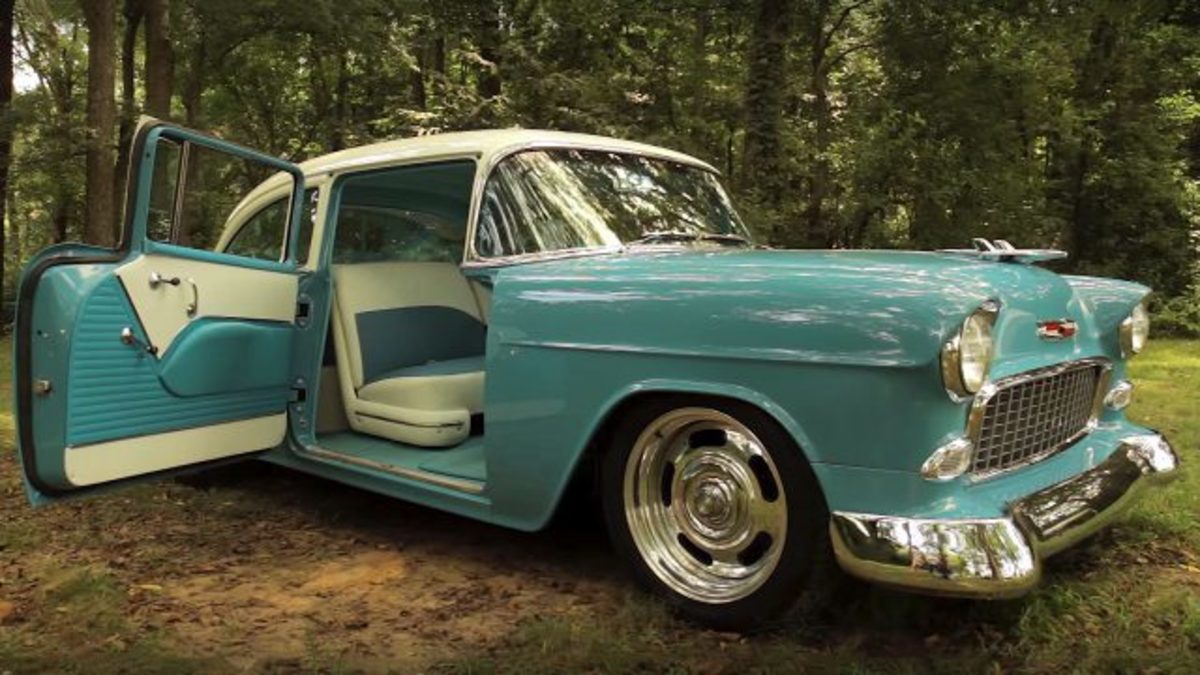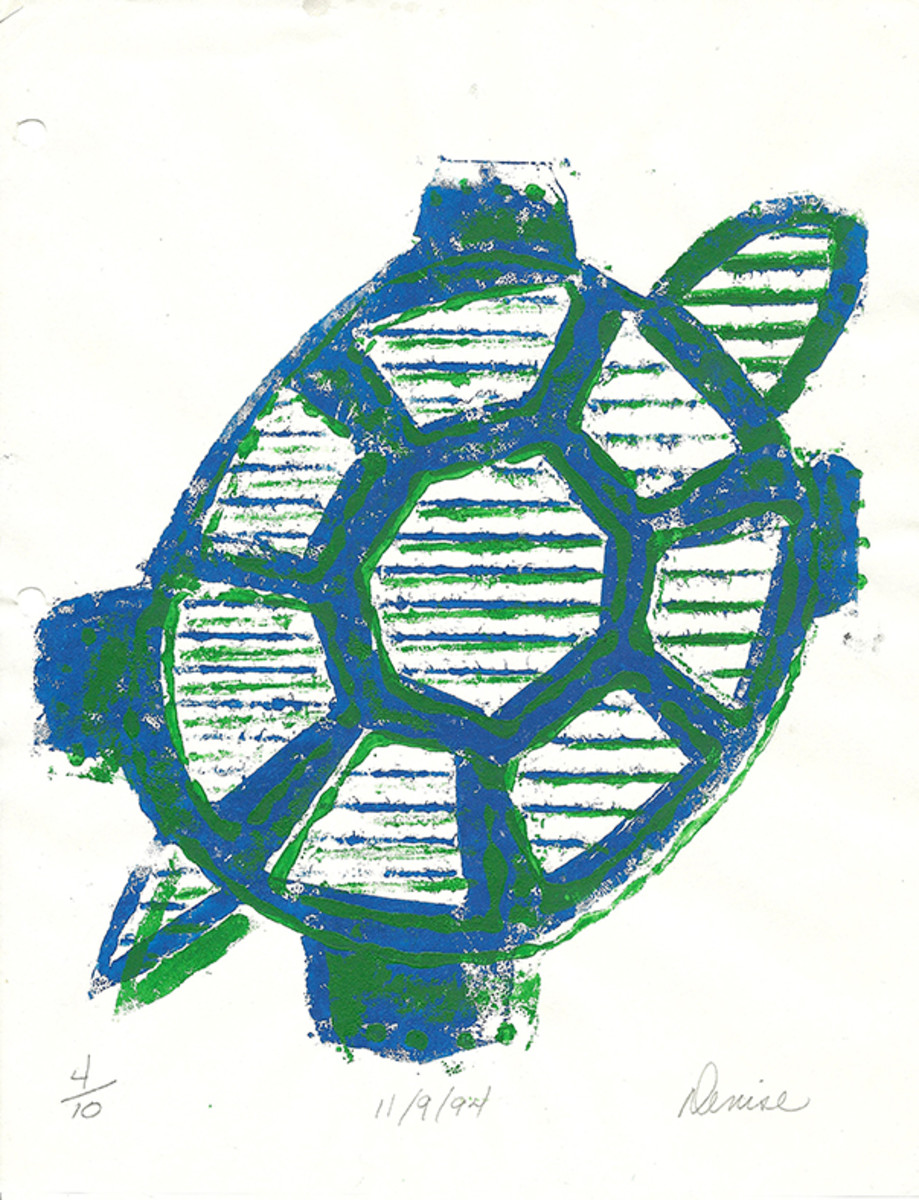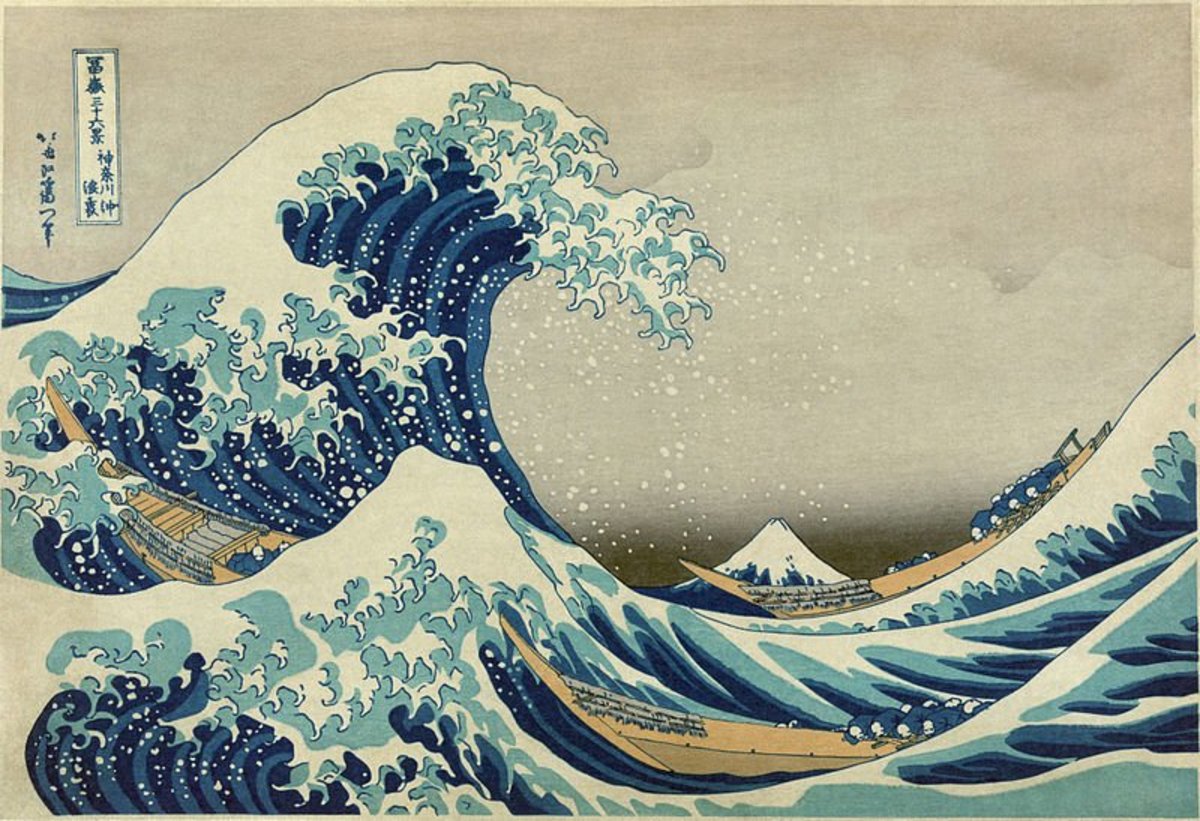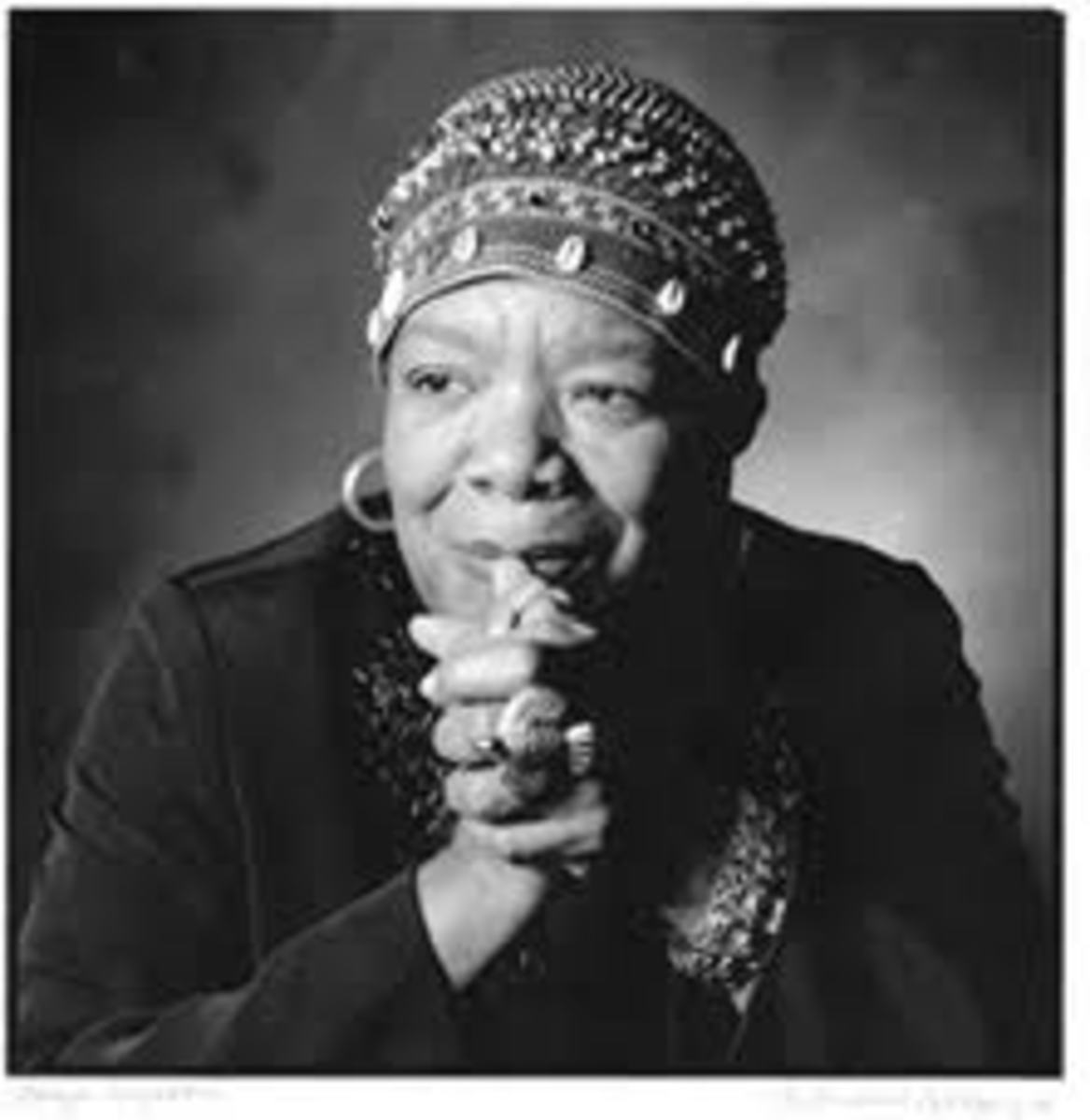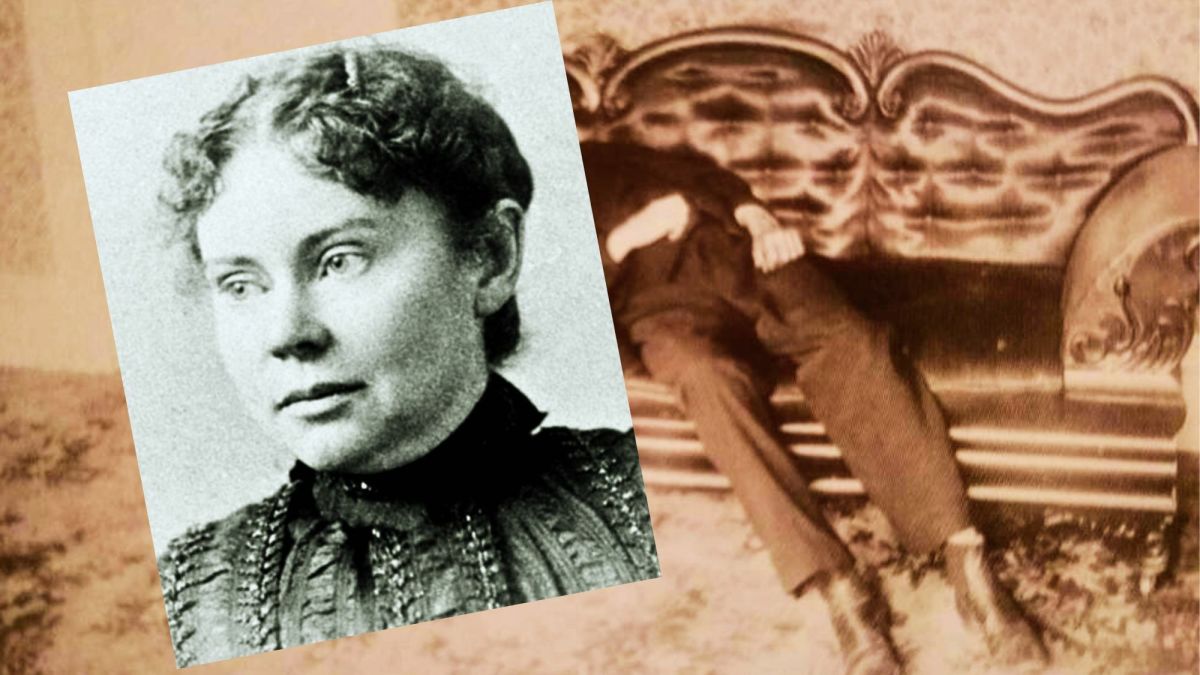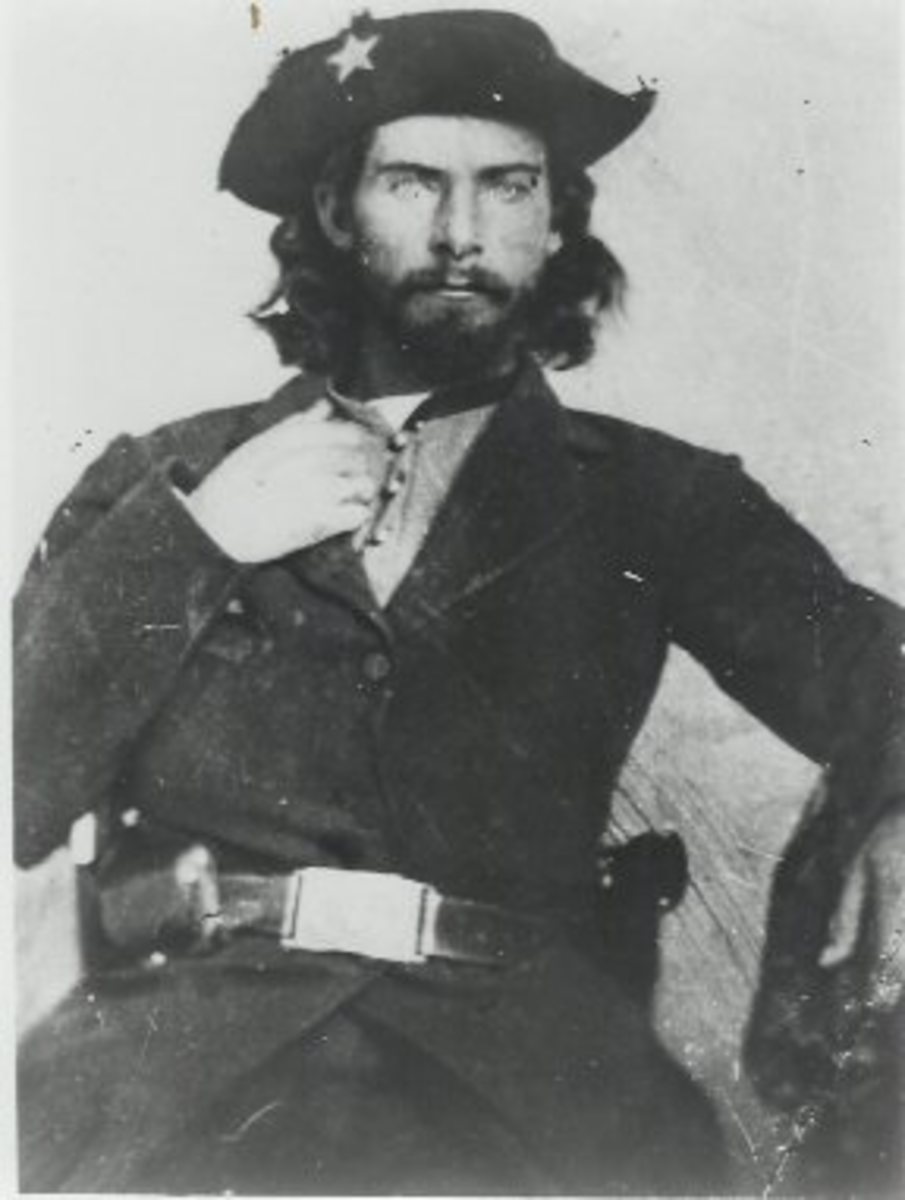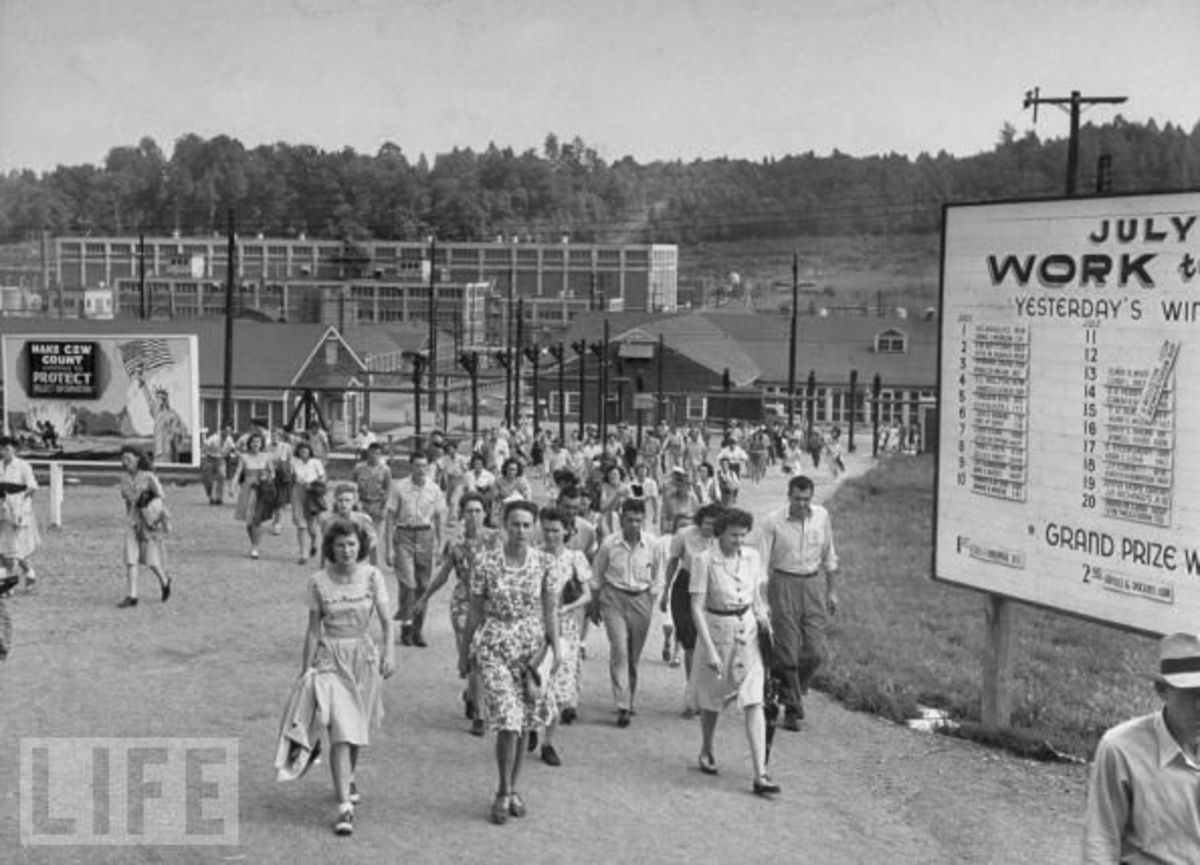- HubPages»
- Education and Science»
- History & Archaeology»
- History of the Americas
Currier and Ives classic American Lithographs
View of Factory
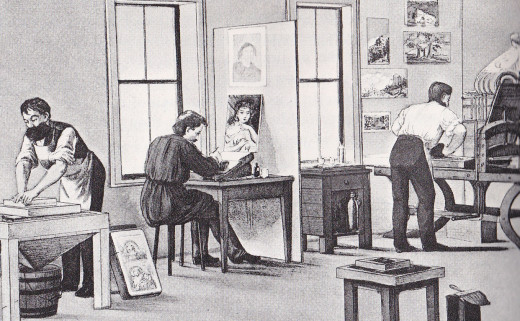
New Print Shop Set up
In 1834 Nathaniel Currier set up a lithography shop in New York City. He had worked as an apprentice in Boston and Philadelphia and was now ready to go out on his own. The prints that are best remembered now celebrate a more serene time in America. There are scenes of prosperous farms and happy people performing wholesome activities.
Lexington Steamship Fire
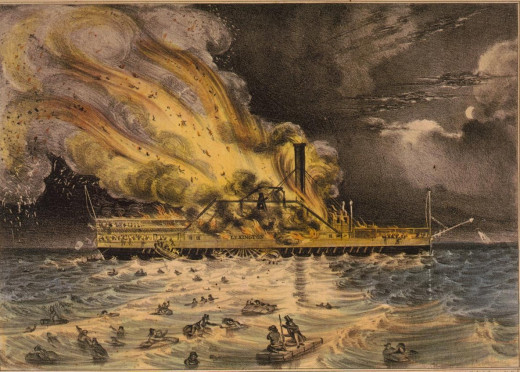
Prairie Fire
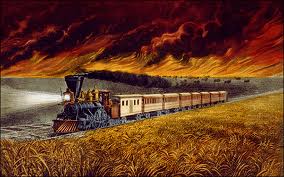
Firm Starts to Grow
But that is not where Currier made most of his early money. He specialized in illustrations of disasters such as building fires, shipwrecks and natural disasters. The firm made money selling prints and making illustrations for newspapers and started to do quite well.
View down Broadway
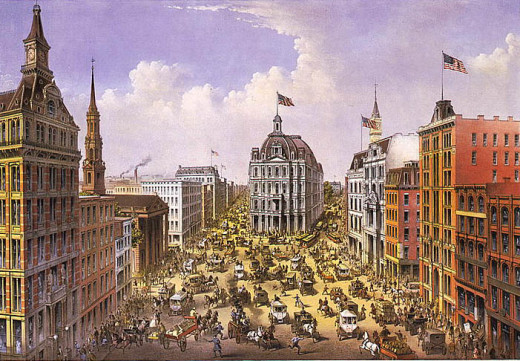
Farm in Winter
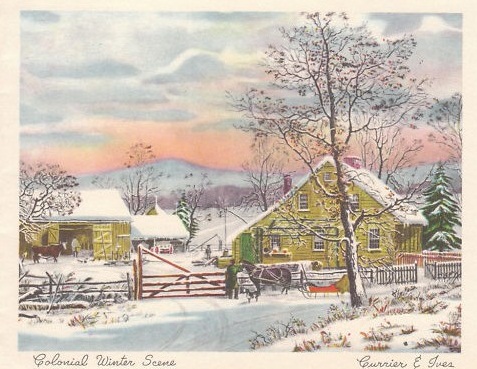
Ives Becomes Partner
James Merritt Ives joined the firm in 1852, first working as a bookkeeper then becoming a partner. The business grew from a small office to a five story factory which turned out over 7,000 different designs. Artists used a complex process of drawing a picture on stone, which was then used to print the design on paper. Then workers hand colored each print.
Train Joins the Continent
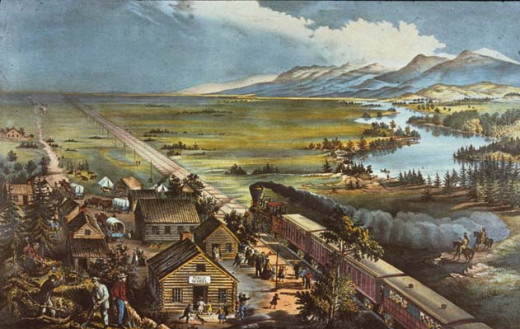
Battle of Corinth
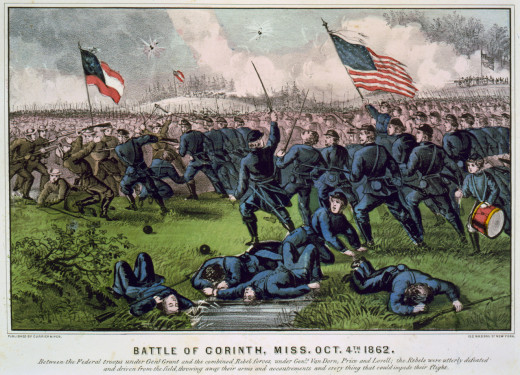
Civil War Illustrations
The subject matter changed through the years from disasters to attractive landscapes, exciting adventures, animals and current events.Westward expansion was a common theme, including the railroad moving west.
When people think of Currier and Ives they remember the winter scenes best, this is probably due to their popularity in advertising and on Christmas cards, such as shown below.
1965 Christmas Advertisement
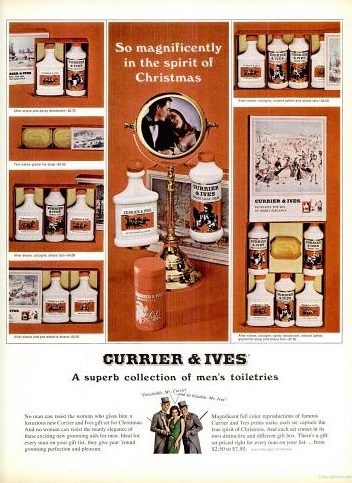
Central Park in Winter
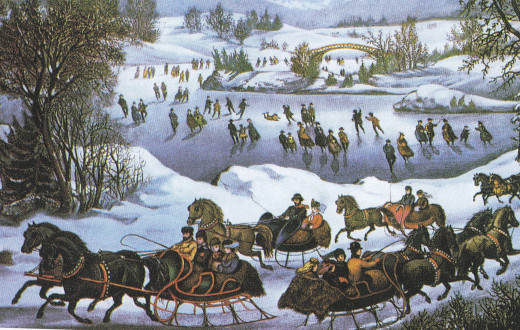
Prints Still Collectible
Currier and Ives prints were very reasonably priced, usually costing less than 25 cents. The low price meant that most people could afford them and they started to turn up in homes, businesses, hotels and barber shops. Currier retired in 1880, Ives a few years later and the firm no longer exists, but their prints hold up a mirror to their times.
20th Century
The prints are still collected due to their historical interest. They offer a nice glimpse into the second part of the 19th century.
1893 view of Chicago World's FAir
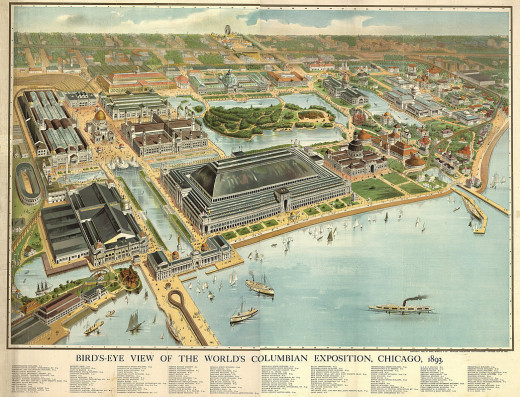
History Web Sites
- History of Advertising Trade Cards
Trade cards were used during the late 19th century to advertises business and products. - 1893 WORLDS COLUMBIAN EXPOSITION
In 1893 Chicago held the World Columbian Exposition, more popularly known as the Chicago World's Fair. - 1887 New York Scandal on New Years Day
James Gordon Bennett Jr forever barred himself from New York society by his actions on New Years day in 1887. - Phoebe Snow Railroad Advertising Icon
Phoebe Snow was a very popular 20th century advertising icon, advertising the Delaware, Lackawanna and Western Railroad.

